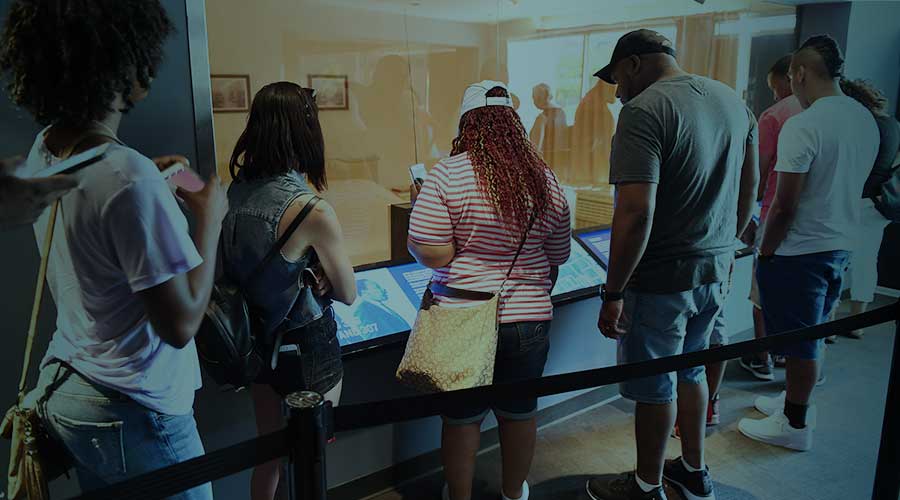In a major move for the reopening of museums across the globe, the Smithsonian Institution recently announced the opening of eight of their facilities to the public this May. All locations will reopen with added health and safety measures and visitors will need to reserve free timed-entry passes for all indoor exhibitions.
Museums are key to helping people connect to each other and better understand each other’s culture and history. The Director of the Detroit Institute of Art, Salvador Salort-Pons, describes museums as spaces for empathy and “a bonding medium for our society.” For many, these physical spaces can help tell important stories and urge people to learn about our country’s history and culture.
Below are 3 of the 19 Smithsonian Institution facilities that you should consider visiting as they reopen.
National Gallery of Art
The National Gallery of Art is a center of visual art that holds more than 150,000 paintings, sculpture, decorative arts, photographs, prints and drawings that span the history of Western art. The gallery’s high-level exhibitions, conservation projects and research center make it a leader in visual arts, enticing thousands of visitors from around the world.
National Portrait Gallery
Another leading facility to visit to celebrate the Smithsonian’s reopening is the National Portrait Gallery, a stunning center started by Congress in 1962. As the country’s only complete collection of presidential portraits outside the White House, the presidential portrait exhibition is a compelling attraction, telling the story of the U.S. from the perspective of its history-making leaders. In 2018, the museum’s unveiling of former President Barack Obama and First Lady Michelle Obama’s portraits earned marks for their groundbreaking artistry.
National Museum of African American History and Culture
A third Smithsonian highlight is the National Museum of African American History and Culture (NMAAHC), the only national museum devoted exclusively to the documentation of African American life, history and culture. Established by Act of Congress in 2003, the museum hosts exhibitions honoring cultural expressions, the Civil Rights movement, African Americans’ service in the United States military, African American music and more.
Museums’ Roles in Telling Black History
Museums can be invaluable and powerful centers for talking about racism, justice and equity. Moreover, evidence shows that surging interest in these stories of Black history is empowering a slate of Black history museums across the South.
With his donation of one of the largest individual gifts to the NMAAHC in its history, leading philanthropist Robert F. Smith has become an impactful advocate for this storytelling venture. In September 2016, Smith gave a record $20 million gift to the museum, funding its digital outreach and Explore Your Family History Center. The Center helps people begin their family history journey and learn the basics of researching African American genealogy.
“I am thrilled to bring the transformative power of technology to celebrate and conserve the African American experience in America,” Smith said. “It is so fitting that this beautiful building on the National Mall, where Martin Luther King stood just steps away during the March on Washington, will serve as a living tribute and custodian of our rich history.”
Smith has also played a large role in preserving the history of civil rights icons, like his 2019 donation to preserve the birth home of Martin Luther King Jr. for the National Park Service. In addition, the Black History in Two Minutes project, of which Smith is an executive producer, highlights stories of Black history in short, lively and fact-packed narratives accessible to people of all ages and education levels.
Learn more here about the reopening of the Smithsonian museums and Smith’s efforts to preserve digital history for communities of color.






